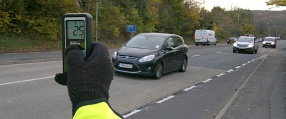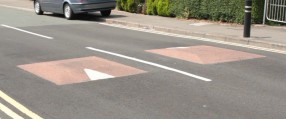Close road to Through Traffic
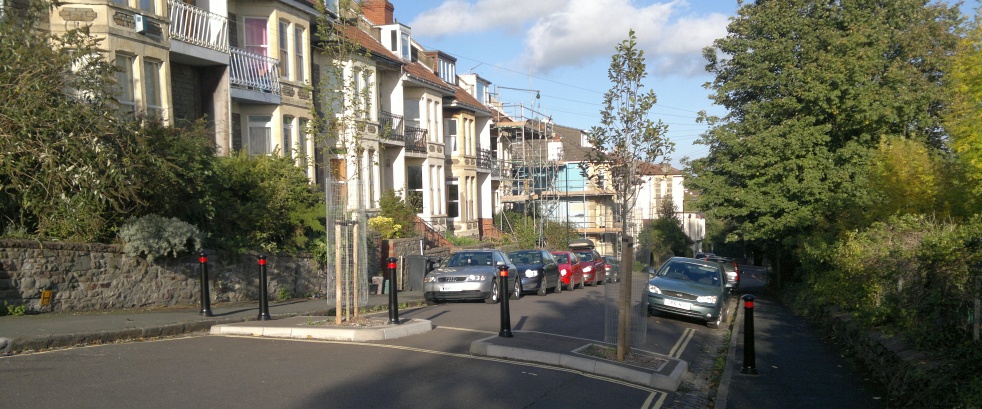
Closing the road to through traffic usually refers to building a raised curb area across the road, with an obstruction such as bollards or a flower bed.
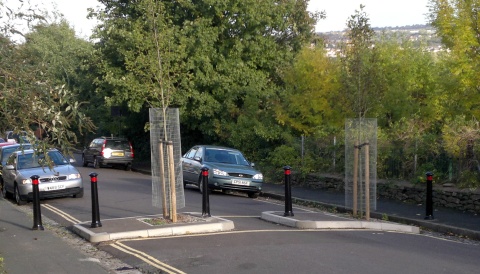
Disadvantages
- Could cause delay to any emergency services
- May cause longer journeys for local residents
Restrictions
- Highways engineers must check if other roads in the area are suitable to carry extra traffic.
There's also some general restrictions to note for all schemes
Advantages
- Removes all vehicle through traffic
- Relatively cheap way to reduce traffic volume
- The road obstruction could contribute to the character of the area, e.g. with trees or artwork – however, this would increase costs
- Can be designed to allow access for cyclists
Effectiveness
This intervention doesn’t have any safety evidence available. Instead, likely outcomes are covered.
If the road carries a lot of vehicle through traffic, closing the road to through traffic with an obstruction will greatly reduce the number of vehicles using the road.
It is extremely likely a reduction in vehicle traffic will increase safety. The obstruction may also reduce vehicle speeds. However, there are no studies available to demonstrate these assumptions.
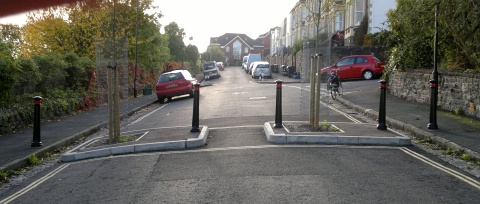
Also Consider:
One Way Street
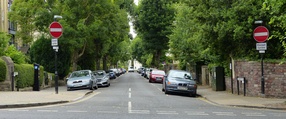
A one way street only allows vehicles to move in one direction down the road. ‘No-entry’ signs are used to prevent vehicles travelling the wrong way along the road, and arrows signs are used to show the correct direction of vehicle traffic.
Read more > >
Chicanes
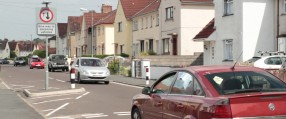
Single lane chicanes require one direction of traffic to give way to oncoming vehicles. The chicane normally consists of a raised curb and bollard in one half of the road, with a sign to explain the traffic priority.
Read more > >
Speed Table
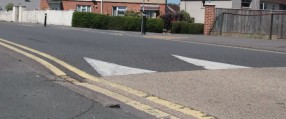
Speed tables are a raised section of road, with a ramp on both sides. The ramps are painted with white arrows to make them more obvious to vehicle drivers.
Read more > >
Speed Cameras
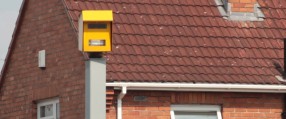
Speed cameras photograph vehicles which are travelling over a certain speed. This is usually around 10% over the speed limit. Speed cameras use a radar device to detect the speed of passing vehicles.
Read more > >
Speed Humps
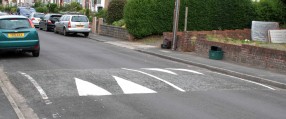
Speed humps have a short rounded top which is typically 75mm high. The ramps either side are painted with white arrows to make them more obvious to vehicle drivers.
Read more > >
Vehicle-activated Signs (VAS)
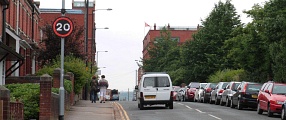
VASs are an electronic sign which only become visible when approaching vehicles are exceeding a certain speed.
Read more > >
Pedestrian Refuge Island
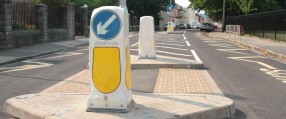
A refuge island is a raised section of pavement between two lanes of traffic moving in opposite directions. The Islands normally have yellow and white plastic bollards with a blue arrow to remind drivers to keep left.
Read more > >
DIY Streets
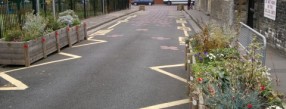
DIY Streets is a concept developed by Sustrans which encourages communities to generate ideas for the improvement of their street. The concept aims to make the street less car dominated, and more community focussed.
Read more > >

